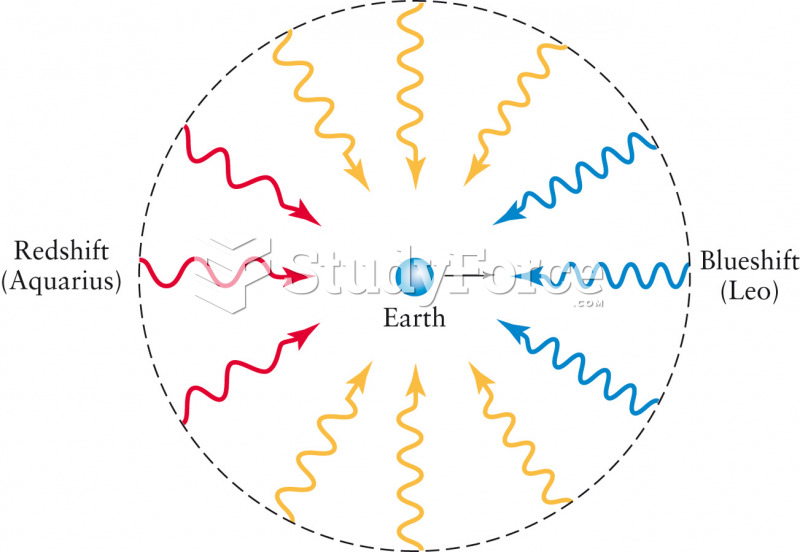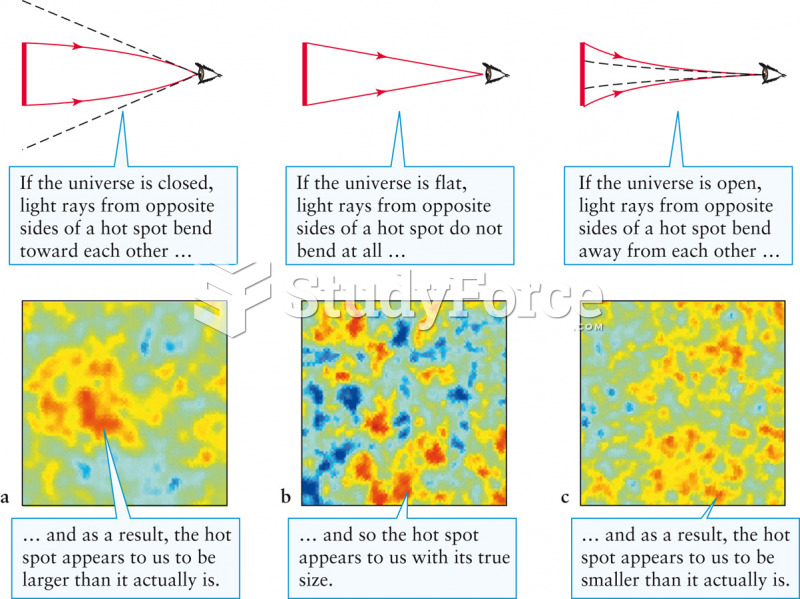Answer to Question 1
Both as a religious faith and as a historical phenomenon, Christianity emerged from three distinctly different cultural traditions: Greco-Roman, Near Eastern (West Asian), and Hebraic.
Roman religion was a blend of native and borrowed traditions. Ancient pagan religious rituals marked seasonal change and celebrated seedtime and harvest. Rome's favorite deities were looked upon as protectors of the household, the marketplace, and the state: Vesta, for instance, guarded the hearth fire, and Mars, god of war, ministered to soldiers. The Romans welcomed the gods of non-Roman peoples and honored them along with the greater and lesser Roman gods. However, Roman religion promised neither retribution in the afterlife nor the reward of eternal life.
Neoplatonism, a school of philosophy developed in Alexandria, took as its inspiration some of the principal ideas in the writings of Plato and his followers. It anticipated a mystical union between the individual soul and the One or Ultimate Beingcomparable with Plato's Form of Goodness. Neoplatonism's view of the soul as eternal and divine, and its perception of the universe as layered in ascending degrees of perfection, would have a shaping influence on Early Christian thought.
In Greece, Egypt, and throughout Southwest Asia, there had long flourished numerous religious cults whose appeal was far more personal than that of the prevailing Greco-Roman religious philosophies. The promise of personal immortality was the central feature of the mystery cults, so called because their initiation rituals were secret ancient agricultural societies celebrated seasonal change by means of symbolic performances of the birth, death, and rebirth of gods and goddesses associated with the regeneration of crops. The mystery cults perpetuated these practices, which included symbolic acts of spiritual death and rebirth, including ritual baptism and a communal meal at which they might consume the flesh or blood of the deity.
Judaism, the oldest living religion in the Western world, differed from the other religions and religious cults of this period in its strongly ethical bias, its commitment to monotheism, and its exclusivitythat is, its emphasis on a special relationship (or covenant) between God and the Chosen People, the Jews themselves. Certain sects of Jews envisioned a Messiah as a figure who either would serve as a temporal leader who would consolidate Jewish ideals and lead the Jews to political freedom (The Sadducees) or as a messianic redeemer who, like a shepherd looking after his flock, would lead the righteous to salvation (the Pharisees).
Answer to Question 2
B







